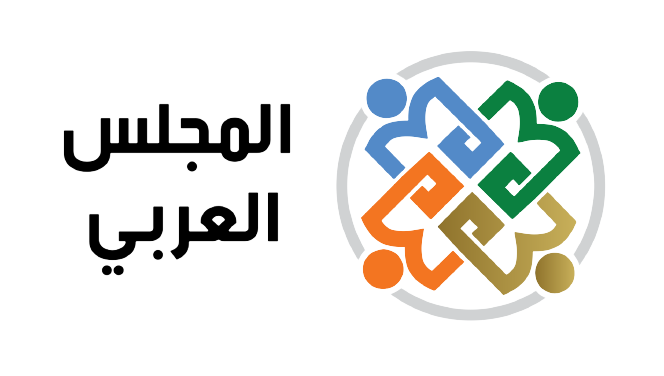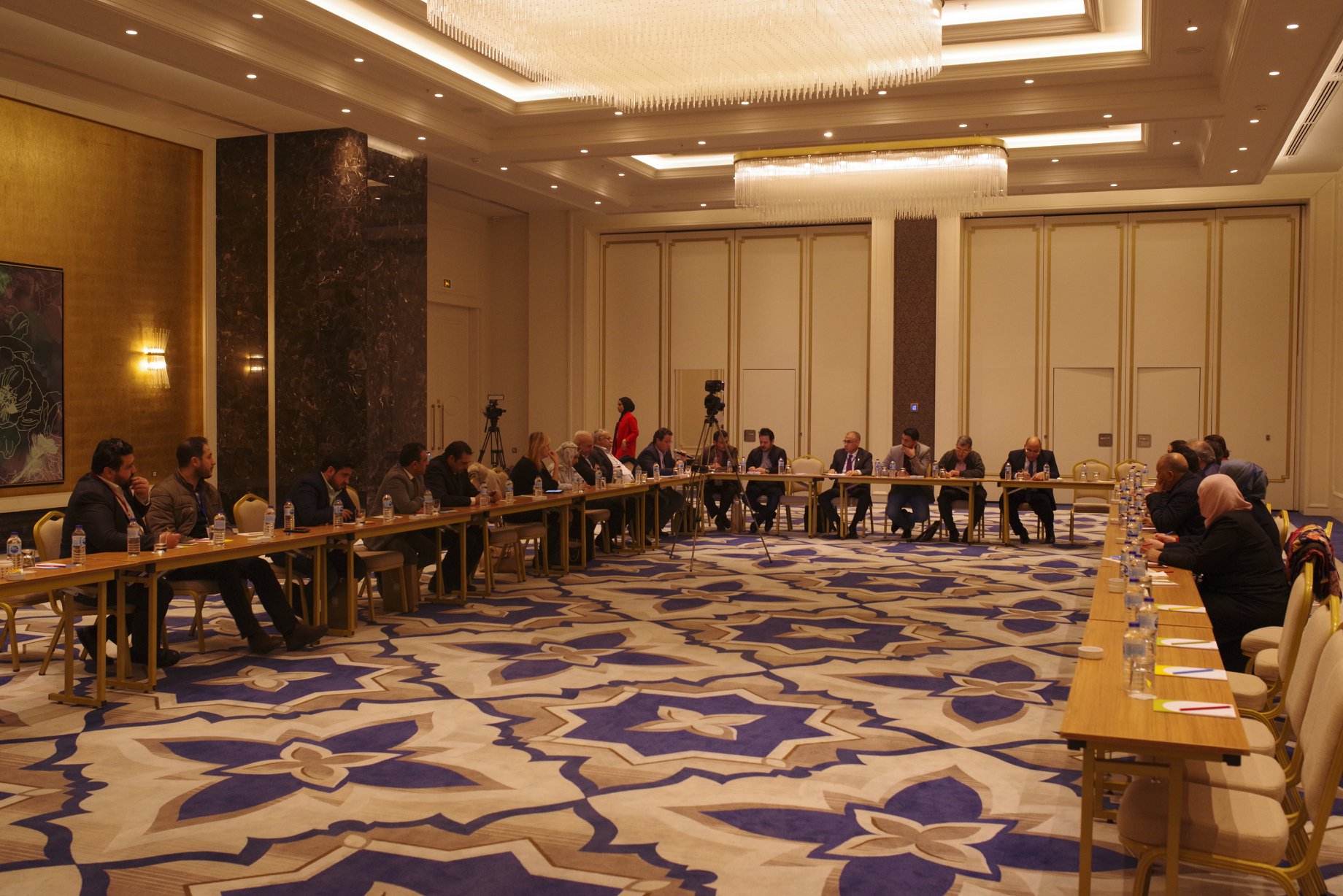The Role of Media in Shaping a New Arab Consciousness and Building “Citizen Populations”
Before the communications and satellite revolution, the world was made up of isolated regions, each largely controlled through state-directed media and political propaganda shaping the political consciousness of the public as per the political decision-makers’ directives. With the advent of this revolution, the world became more interconnected, akin to a small village where information could travel across the globe in seconds. The monopoly of governments and their official media on information collapsed in many parts of the world, diminishing their ability to shape public consciousness.
This revolution reached the Arab world in the early 1990s. Since then, Arab media has continuously evolved technically, but this development has not been accompanied by a shift in mentalities, legal frameworks, cultural systems, or societal values, unlike what occurred in Western countries. As a result, much of the region received this media revolution with the baggage of the past: censorship, excessive politicization, manipulation of public opinion, and the exacerbation of political and sectarian divisions.
These backward media policies led to a loss of trust between the Arab public and its media institutions, which failed to keep up with societal changes or positively influence them. They did not fulfill their educational and entertainment roles, except for a few institutions that managed to resonate with the Arab public through doses of freedom, professionalism, courage, and renewal.
When the second media revolution—the digital revolution—arrived, it became clear how wide the gap had grown between the Arab citizen and the majority of government-supported and private media in the region. This time, Arabs quickly embraced alternative media outlets, namely social media platforms such as Facebook, Twitter, YouTube, Instagram, WhatsApp, and others, where truth is often intertwined with falsehood, facts with rumors, and positive trends with malicious strategies.
Undoubtedly, this qualitative change in the media landscape has played a pivotal role in transforming the political consciousness of the Arab individual in a short time, significantly impacting events in the region, including fueling the Arab revolutions. Today, it continues to shape a new generation with a different awareness compared to previous ones— a generation liberated from many political, ideological, and value-based constraints.
Since the main objective of our conference is to define the key conditions for transitioning the populations of our region from “subjects” to “citizens,” this workshop, consisting of a select group of esteemed Arab media professionals, will focus on how to enhance the role of both traditional and digital Arab media in building “citizen populations,” developing political awareness, and positively influencing public opinion.
Key Questions for Discussion:
- What are the key messages that Arab media should adopt to positively influence the Arab public?
- How can we keep pace with the rapid advancements in media technology and leverage them to further develop Arab media and liberate the citizen?
- How can we confront the shadowy operations that aim to keep Arab media under the influence of financial lobbies and foreign agendas, obstructing positive change in the region?
- How can we create a dynamic of coordination and collaboration between media institutions, outlets, and independent bloggers to support the region’s transformation?
- Are there ideas and initiatives to improve the image of Arabs and Muslims in Western media and gradually break the dominance of major adversarial media lobbies?


